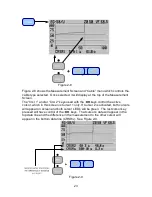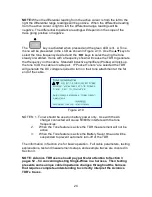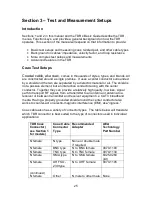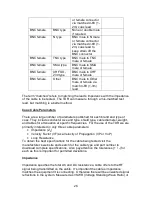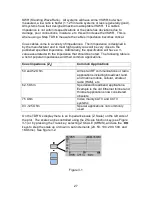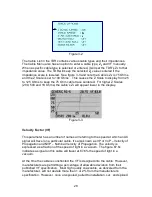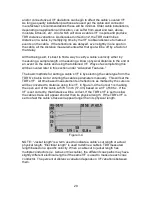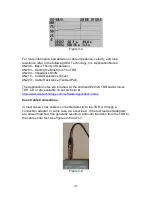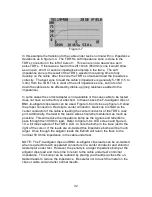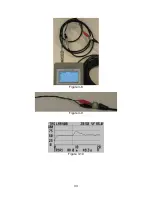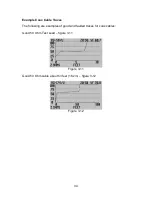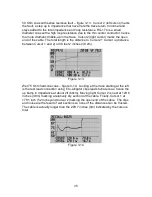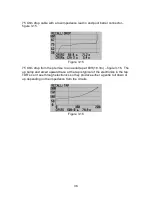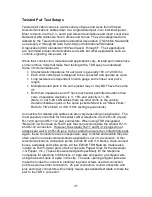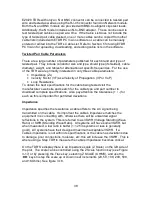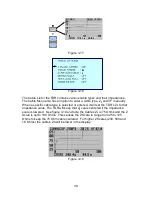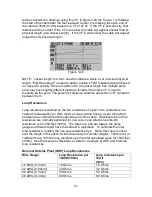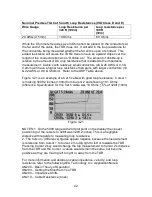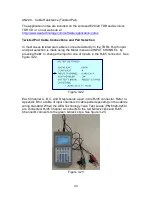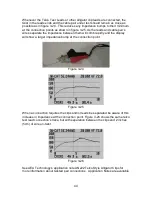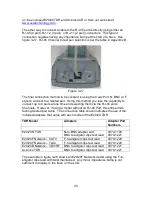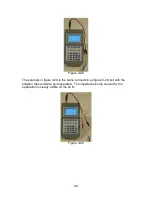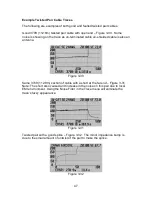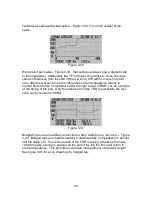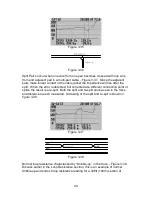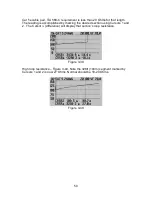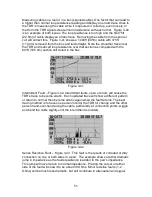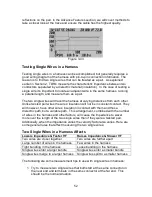
37
Twisted Pair Test Setups
Twisted pair cable comes is a wide variety of types and sizes from 900 pair
telecommunications cables down to a single twisted pair in an individual jacket.
Most common are the 2, 3, and 4 pair telecommunications and 4 pair Local Area
Network (LAN) cables we find in offices and homes. They are categorized and
labeled by the Telecommunications Industrial Association (TIA) 568-C Standards
as Category 2 through 6A (aka Cat 2-6A) and International Standards
Organization (ISO) standards 11801as Class A through F. Their applications
are not limited to telecommunications and LAN, but other applications such as
controls, signaling, low power, etc.
While their construction, materials and applications vary, twisted pair cables have
some common traits that make their testing with a TDR easy to understand.
Some of commonalities are:
•
Characteristic impedance for each pair is generally 100 or 120 Ohms
•
Each color coded pair is designed to be connected and operate as a pair
•
Loop resistance is dependent on wire gauge and is linear over pair’s
length
•
Multiple twisted pairs in the same jacket may or may NOT have the same
VF
•
Both their impedance and VF have much wider permitted deviation than
coax. Impedance deviation is +/- 15% and velocity is +/- 6%
(Note: In Cat 5-6A LAN cables there are strict limits on the velocity
deviation between pairs in the same jacket referred to as “Skew Limits.”
Refer to TIA’s 568-C or ISO 11801 testing requirements)
Connectors for twisted pair cables can also vary depending on application. The
most popular connectors for horizontal LAN or telephone are the RJ-45 (4 pair),
RJ-12 (6 pair) and RJ11 (2 pair) connectors. When using TDR designated
“Network” it will include an RJ-45 jack that can accommodate the smaller RJ-11
and RJ-12 connectors. However, the smaller RJ-11 and RJ-12 plugs do not
always seat well in an RJ-45 jack. So be careful to ensure the contacts fully seat.
Again, these connectors are so inexpensive, easy to install and reliable they are
often used in non-telecommunications applications out of convenience. Other
telecommunications connection points include 66 and 110 blocks, cross-connect
boxes, pedestals and splice points. All the E20/20 TDR Network models also
include an RJ-45-to-two pairs of telco clips (aka Popper Clips for the developer
J.S.Popper, Inc.). These clips were designed specifically for the telephone
companies for attaching to 66 blocks, or bare wire stripped or un-stripped wire
using the bed-of-nails or spike in the clip. The wide opening alligator jaws also
make them ideal to connect to electrical lugs and screws used at connection
points as well as other connectors. 25 pair connectors, round connectors with
pins and other connectors will normally require specialized test leads to mate the
pair to the TDR’s connector.

